|
The History of Orissa is very
glorious. From Mahabharat period to
modern days, the position of Orissa
in history is unique. In Mahabharat
we read about Kaliga Sena. The great
poet Kalidas wrote how the hero
crossed the bridge of elephant in
Kalinga. In ancient time, Orissa was
combined form of Kalinga, Utkala,
Udra, Kosala and Kangoda. Many
rulers ruled over Orissa and they
made many temples. So Orissa was
affected by many religions.
The
first religion patronised by
Kharavela was Jainism. The Great
Emperror Kharavela make Khandagiri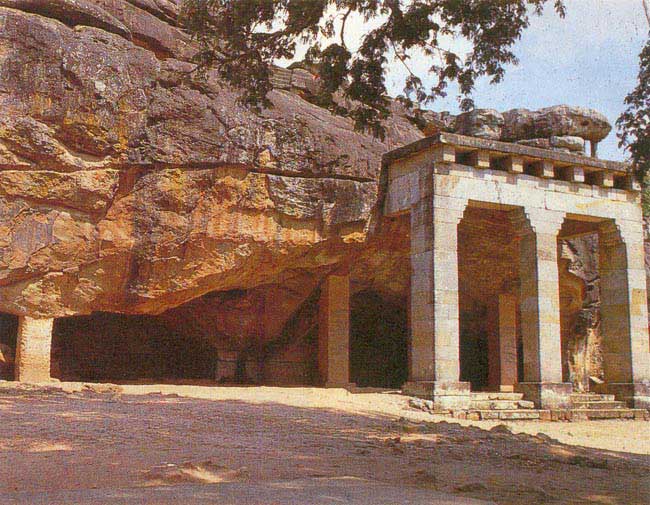 and
Udayagiri
and
Udayagiri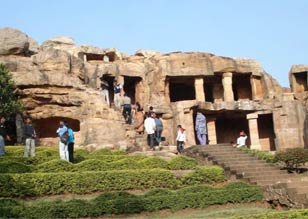 Gumphas and
there the dance performance was
held.
Gumphas and
there the dance performance was
held.
The second religion of Orissa was Budhism. At that time, Orissa was so
influenced by Buddhism that great
monasteries built. These are
Udayagiri,
Ratnagiri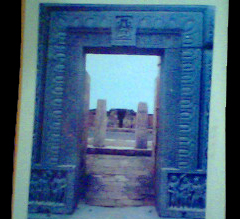 and Lalitagiri. and Lalitagiri.
The third religion was
Shaktism. In the last period of
Buddhism the Tantras took a place in
society. So to protest Buddhism,
Shaktism was developed. So many
temples like Baitala,
64 yoginis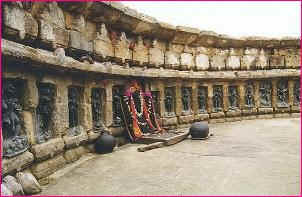 at Hirapur and
Ranipur Jharial was built. at Hirapur and
Ranipur Jharial was built.
The fourth religion was Saibism.
A that time many temple was built and
the kings were great devoties of
Lord Shiba. So they bult numerous
temples. The major temples are
Lingaraj,
Mukteswara and
Indreswara and
Indreswara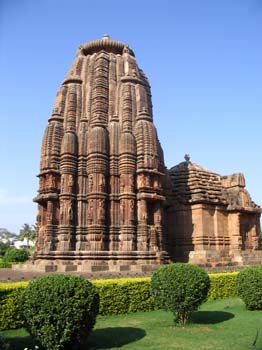 . .
The fifth religion was
Baishnabaism. The baishnabaism cult
was spread by great Oriya poet
Sri
Jayadev.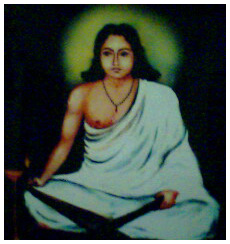 He wrote the melodious poetry Geetagovinda. Many writers wrote
numerous chandas,champus,
chausatisas, bhajanas and jananas by
the influence of Geetagovinda. The
great king Chodagangadeva built the
magnificient Sri
Jagannath Temple
He wrote the melodious poetry Geetagovinda. Many writers wrote
numerous chandas,champus,
chausatisas, bhajanas and jananas by
the influence of Geetagovinda. The
great king Chodagangadeva built the
magnificient Sri
Jagannath Temple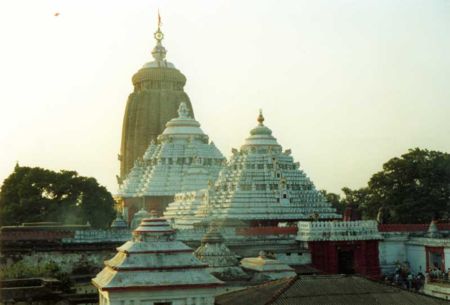 . He introduced Mahari seva for dance. . He introduced Mahari seva for dance.
Orissa was
influenced by other religions also.
They are Sourism, Ganapatyaism. The
spetacular and stupindious
Konark temple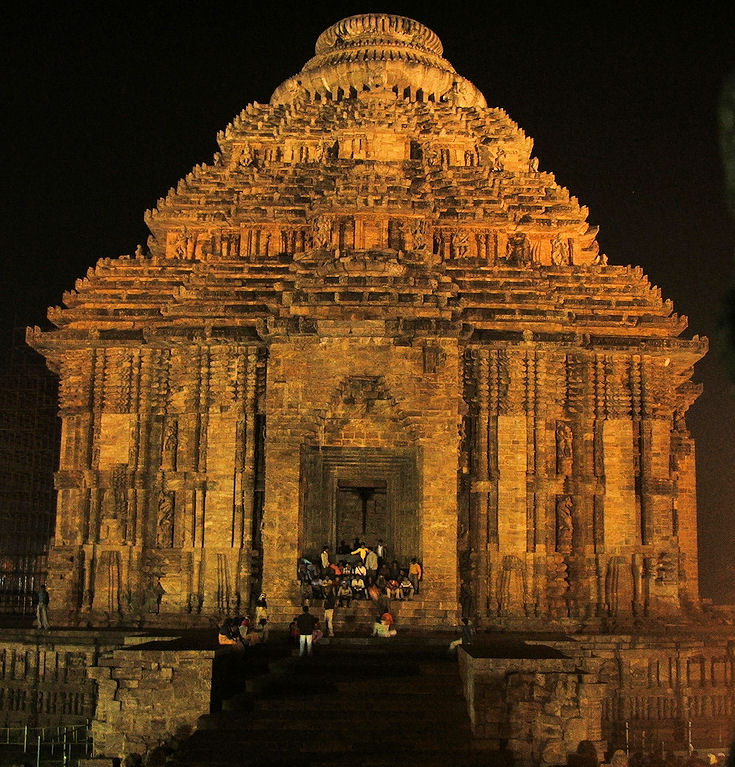 is
unique in this category. King L.Narasimha Deva built this temple.
The architecture and sculpture
designs of this temple is spellbound
for everyone. is
unique in this category. King L.Narasimha Deva built this temple.
The architecture and sculpture
designs of this temple is spellbound
for everyone.
Dance Culture
The traditional dance of
Odisha, Odissi has originated from
the temple culture of Orissa. At
that time the kings consecrate
dancing girls as the daily rituals
of Seva. So the numerous nos. of
dancing girls perform dance in the
time of dhupas and bhogas. The girls
are called as Debadasis. In
Srimandir the dancing girls are
called as . With the decline of the
Devadasi or the Mahari Dance
tradition for various reasons, the
class of the boy dancers called came
into existance, who could carry this
tradition. So the Odissi Dance has
originated from the combination of
Mahari & Gotipua. So after
Independence, Odissi dance had to be
fully reconstructed with the
fragmentary details collected from
Temple sculptures, text books &
different sources.
Classification of Odissi Dance
The Odissi Dance is classified
into 5 sections. They are
Mangalacharana, Stayee or Batu,
Pallabi, Abhinaya and Mokshya.
Mangalacharana- It is the
offering piece dadicated to any
deity. It is further classified into
Manchapravesh, Bhumipranama, Sloka
and Sabhapranama.
Stayee or Batu- It is the 2nd piece
which defines different postures of
temple walls.
Pallabi- It is the 3rd piece
which defines to elaborate. The
movements in this item are extremely
graceful and lyrical.
Abhinaya- In abhinaya the artist
describes the meaning of song.
Mokshya- It is the last piece of
Odissi Dance.
Types of Abhinaya
Abhinaya is further classified
into 2 types. Tandaba and Lasya.
Abhinaya is also of different test
or rasas, feelings. Numerous poets
wrote poetries dedicated to Lord
Krishna and Radha are used in
abhinaya. The songs of Banamali,
Gopalkrushna, Upendrabhanja,
Kabisurya & Sri Jayadeva are
performed in abhinayas.
Sri Jayadeva & Geetagovinda
Sri Jayadev, the great Oriya poet
of 12th century A. D was born at
Kenduli village near Puri. He wrote
the great Sanskrit poetry
Geetagovinda. It was taken as
dance-drama including many works of
dramatized prose dealing with the
theme of love between Radha and
Krishna. The Geeta Govinda padas
have been rendered in the
sophisticated Classical Musical
styles of both Hindustani and
Karnataki Music. So, due to its
purely musical excellence dealing
with different Ragas, Talas and
Chhandas, the artists of music and
dance appreciate Geeta Govinda
widely. The songs are Dasabatara,
Srita Kamala, Dhira Samiray,
Chandana Charchita, Rasey, Yahi
Madhaba, Nindati Chandana etc.
Nabarasa is the 9 expression of
daily life. They are
Sringar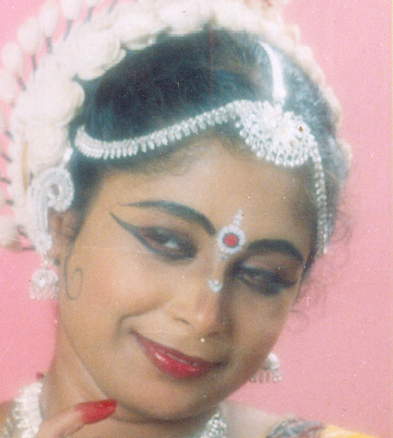 ,
Bira ,
Bira ,
Karuna ,
Karuna , Adbhuta,
Hasya , Adbhuta,
Hasya , Bhaya, Bibastya,
Roudra , Bhaya, Bibastya,
Roudra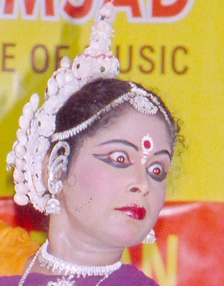 &
Shanta
&
Shanta
|